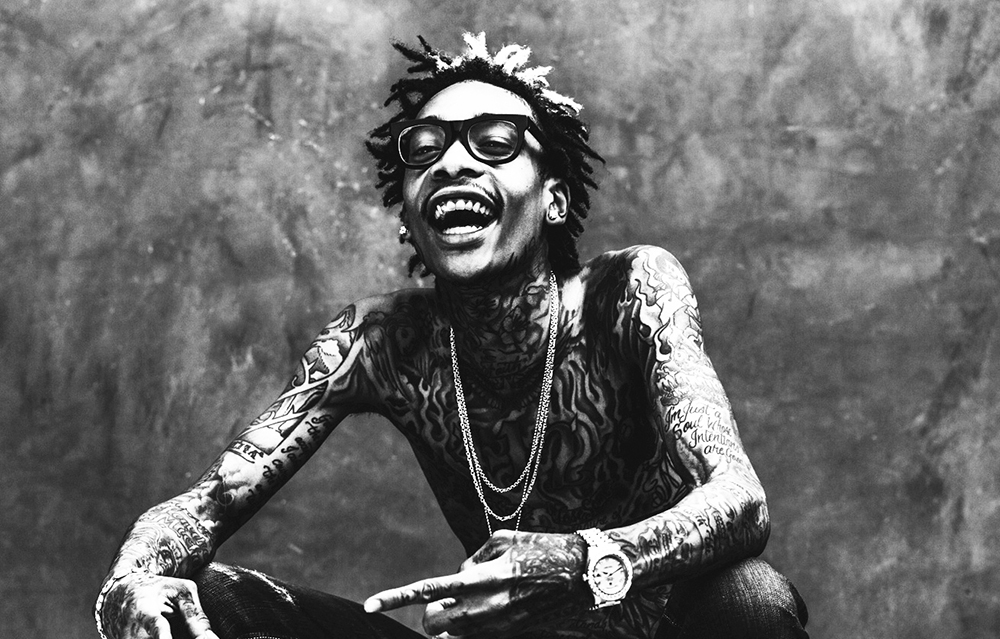Bernice Afriyie | Arts Editor
Featured image: Mumble rap is characterized by its mumbled lyrical delivery but catchy beats. | Courtesy of Huxton
You can learn a lot about a person by their musical tastes. Music is key in defining an individual’s sense of self and persona, and as such, it’s not unwarranted for people to get into heated arguments over who the greatest rap artist is, the greatest R&B throwback or whether Beyonce or Lil’ Kim is the real Queen Bee.
Rap music in particular is a genre that sparks a lot of debate between fans and artists. Countless artists have battled for and claimed the titles of king and queen of rap since its inception, from Biggie Smalls to Tupac, Nas and Kendrick Lamar. Rap gives artists and listeners an avenue to express their views and concerns, often speaking on the trials and tribulations they’ve faced.
The sound, production and messages have changed over the years as rap icons gave way to new talent, allowing noticeable waves and trends to emerge. An unconventional shift can be observed from the 90s and early 2000s rap to today’s chart-topping hits. Today’s wave of young rappers aren’t preoccupied with the sharp notes and canter of rhymes that is characteristically rap. Future, Kodak, Designa and Young Thug are notable examples that lyrical clarity and poetry are taking a backseat to heavy bass and catchy beats.
Change is always met with hesitance and criticism; waves in the genre are not representative of the whole. But there is some merit to the shifts mentioned above.
What does it mean to have musical value shift from lyrical mastery to sound composition? Sound dictates mood, adds cadence and situates listeners. The beauty of rap is its ability to synthesize the energy of sound with the power of words, and it continues to play with pacing, line breaks and setups.
The musical quality of a Nas song is aesthetically better than Desiigner’s single “Panda,” not because listeners can understand what Nas is saying, but because he is saying something that needs to be heard.
Mumble rap, first coined by Wiz Khalifa, that is characterized with incoherent sentences dubbed on top of overproduced tracks are a reflection of its target audience. Millennials are seemingly obsessed with time, trying to capture their lives in 10 second videos, abbreviating and shortening phrases.
We don’t have the time to consider the weight of lyrics so we put on what’s dope, lit or has the loudest bass. We get “turnt” for three minutes until the next hottest single drops—a stimulation imitating how it feels to connect to art.
Trade in that temporary high for the real trip of musical appreciation.


